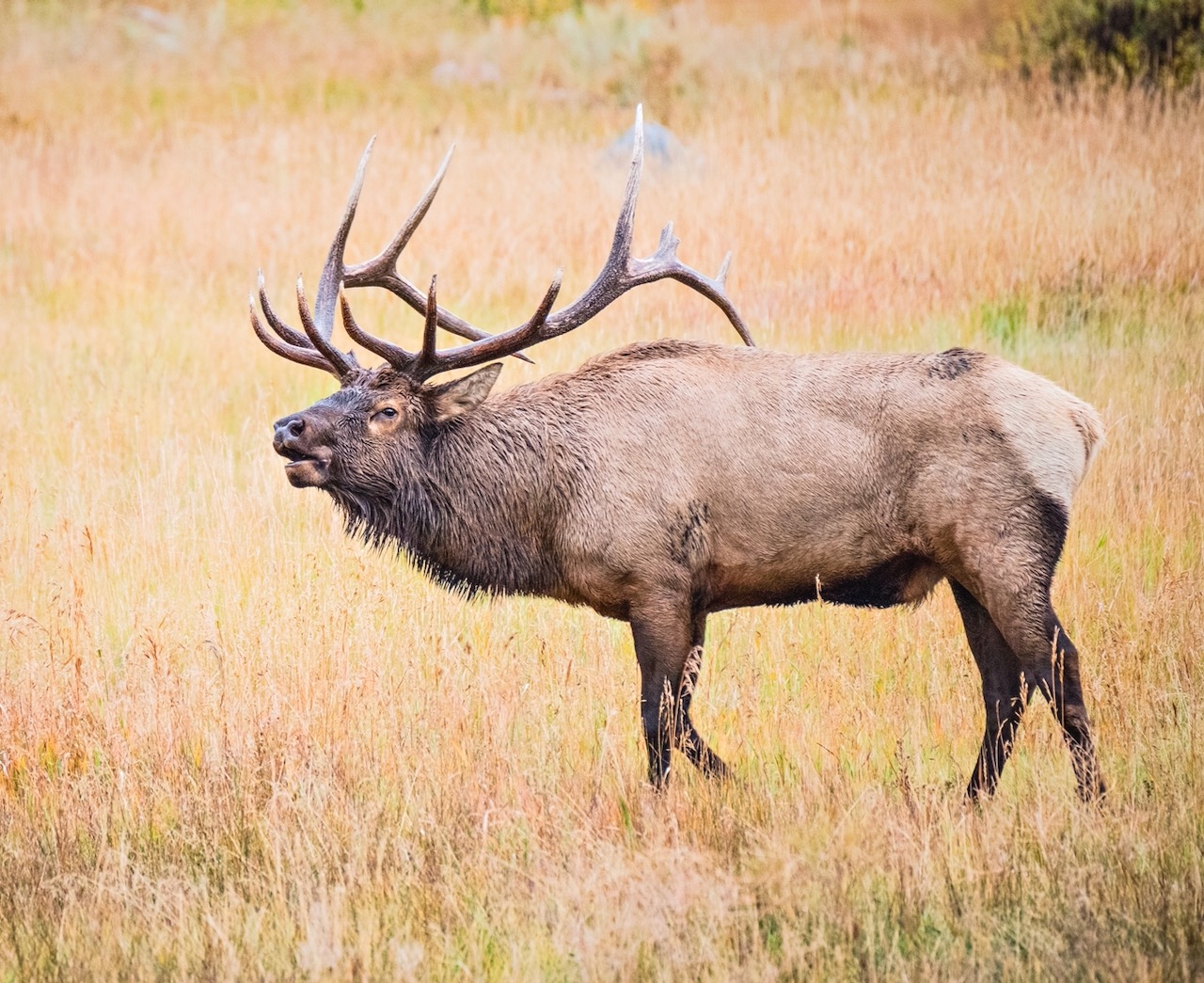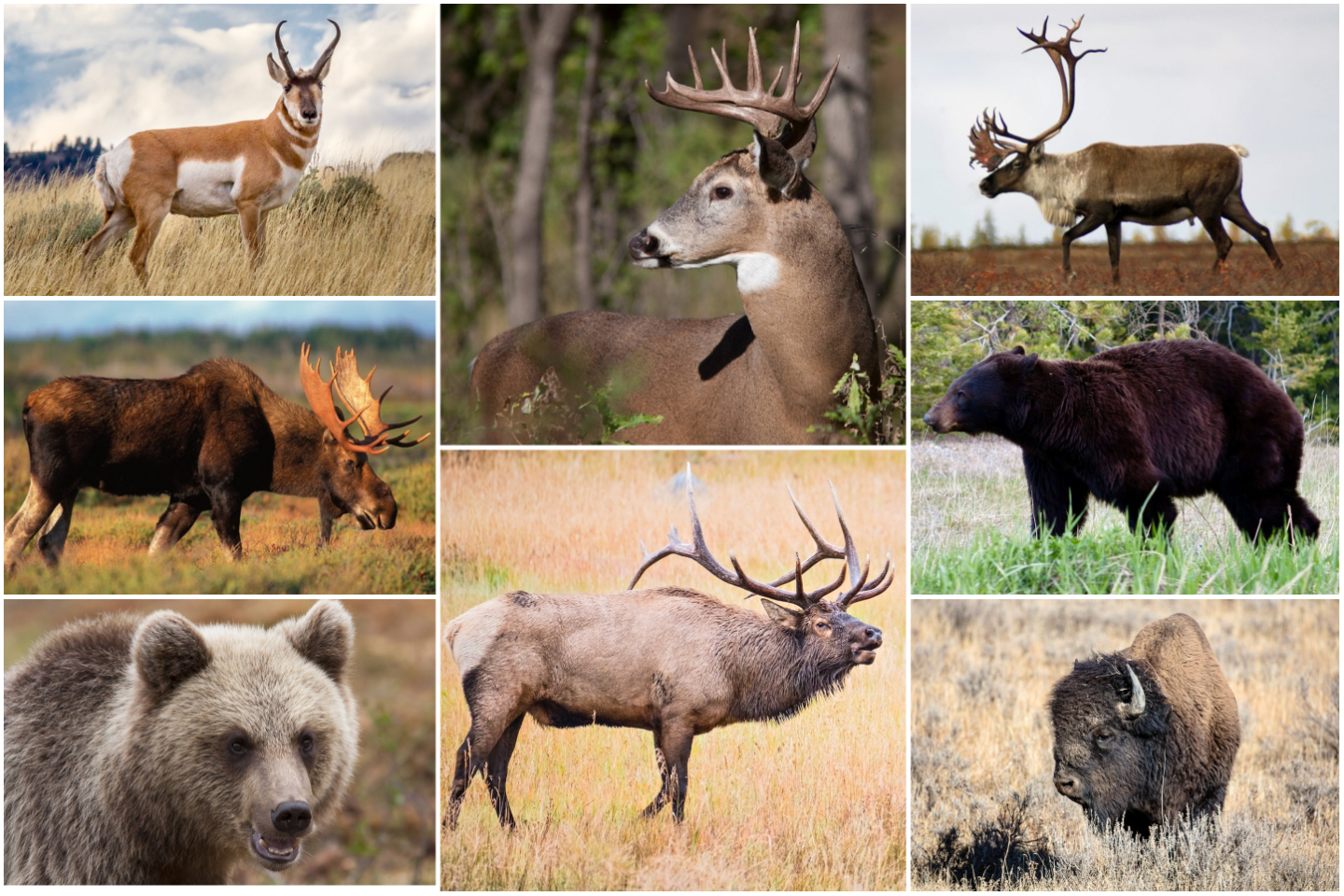THE HUNTS AHEAD
Our exclusive annual province-by-province breakdown of Canada’s hottest big-game hunting spots
Advertisement

SASKATCHEWAN
Until this past winter, Saskatchewan had enjoyed a series of relatively mild winters, resulting in growth among most big-game populations. This past winter was a true prairie winter, however, with the snow and cold lingering well into spring. While conditions were harshest in the north, no part of the province escaped the effects.
BLACK BEARS
Advertisement
The hunting prospects for Saskatchewan black bear hunters vary from good to excellent this year. Two particularly bright areas are the wildlife management zones (WMZs) along the Forest Fringe and the southern Provincial Forest. This year, the bear season will be extended until October 31; as well, a second bear licence will be available in selected WMZs.
ELK
There is great news for Saskatchewan’s elk hunters—in most WMZs, populations are considered stable, increasing or even abundant. Despite the severity of the winter, hunter success is expected to be normal during the regular elk season in the Forest and Forest Fringe WMZs. Hunters drawn for an either-sex elk or cow elk in the Prairie and Parkland WMZs typically enjoy a high success rate. Those drawn for a cow elk in WMZ 33, meanwhile, also have an opportunity for a second antlerless licence.
Advertisement
MOOSE
Moose are found in all of the province’s major habitat zones, but the hunting prospects vary. In the boreal forest, numbers are down, reducing the hunting opportunities. Elsewhere, though, populations are considered stable, despite some localized declines in the Parkland and Grassland WMZs. In recent seasons, hunter success has been high in the Farmland WMZs, and that is expected to be the case again this fall.
MULE DEER
For mule deer hunters, there is good news, not-so-good news, and bad news. The good news is there will be more hunting opportunities in many Parkland and Grassland WMZs, thanks to population surveys that show increasing deer numbers. The not-so-good news is that the past winter is expected to have taken a toll on deer in Forest Fringe and northern Parkland WMZs. As for the bad news, chronic wasting diseases (CWD) continues to threaten Saskatchewan’s mule deer, particularly in the southwest. Hunters are asked to submit samples from their harvested deer to help with disease monitoring and the long-term management of the species.
PRONGHORNS
For the past few years, mild winters allowed pronghorn numbers to increase, but this past winter likely changed that scenario somewhat. While the exact number of licences will not be determined until the mid-summer population surveys, it’s expected that pronghorn numbers will have declined a bit, as will the hunting opportunities.
WHITE-TAILED DEER
Thanks to mild winters, population surveys indicated Saskatchewan’s whitetail populations had increased steadily in recent years, with hunter success reaching a five-year high in 2021. The severity of this past winter, however, is expected to have caused above-average mortality in the Forest Fringe and Parkland WMZs. Nonetheless, the forecast for hunters this season still looks pretty good.

